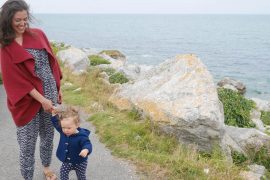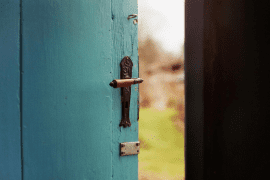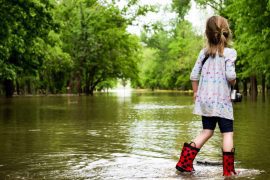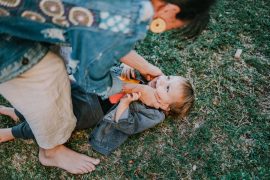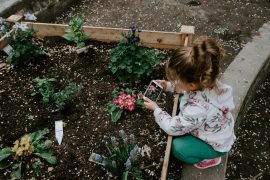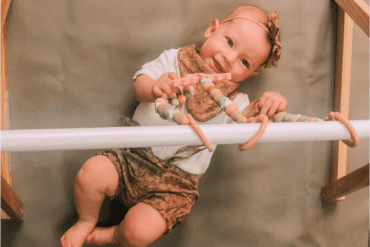Taking the classroom outside
Children learn better when they can experience learning, rather than hearing it read from a text book. A study in Chicago used brain scans to show students who took a hands-on approach to learning had experienced an activation in their sensory and motor-related parts of the brain. Later, their recall of concepts and information was shown to have greater clarity and accuracy.
Practical lessons outside will stick better in young brains than learning theory from a book. This may be why in 2017, the Australian Curriculum and Assessment Authority (ACARA) included outdoor learning in the national curriculum.
Options for teachers include taking the class outside to write poetry about nature, measuring the height of trees for maths classes, or de-stressing using mindfulness and breathing techniques while sitting quietly in the shade of a tree.
Less time on screens
Conversations with parents and teachers show they’re increasingly concerned about technology’s broader impact on their children, in both dramatic and subtle ways.
In many ways our hunger for technology has overridden our desire for direct human interaction. Screens compete directly with authentic channels of communication such as face-to-face interaction. To combat this, parents can assign one hour on and one hour off screens.
Parents are role models and so we also need to monitor our own time on screens and spend quality time with children detached from our digital devices.
The sad reality is technology can become a pseudo-parenting device, a form of pacifier to keep the kids busy. Instead, we can encourage our kids to engage in simple, unstructured play experiences.
These could include creating an outdoor scavenger hunt where they collect items from nature, building forts or dens incorporating inexpensive materials such as branches and old sheets or blankets, climbing trees, or laying on the grass and looking upwards into the sky to watch the cloud formations.
Other methods include making mud pies or sandcastles at the beach or in a sandbox; encouraging the collection of feathers, petals, leaves, stones, driftwood, twigs or sticks to make creative artworks on large sheets of paper; planting a garden with vegetable seedlings or flowers with your child (let them decide what will be planted); putting on a jacket and gumboots when it rains and jump in puddles together; or making an outdoor swing or billycart.
Nature offers a never-ending playground of possibilities with all the resources and facilities needed. If stuck, search on the web for wild play or nature play groups nearby as they are growing in popularity and number. But most importantly, reinforce the message that getting wet, having dirt stains on their clothes and getting their hair messy is good and adds to the fun.
Tonia Gray, Associate Professor, Centre for Educational Research, Western Sydney University
This article is republished from The Conversation under a Creative Commons license. Read the original article.


